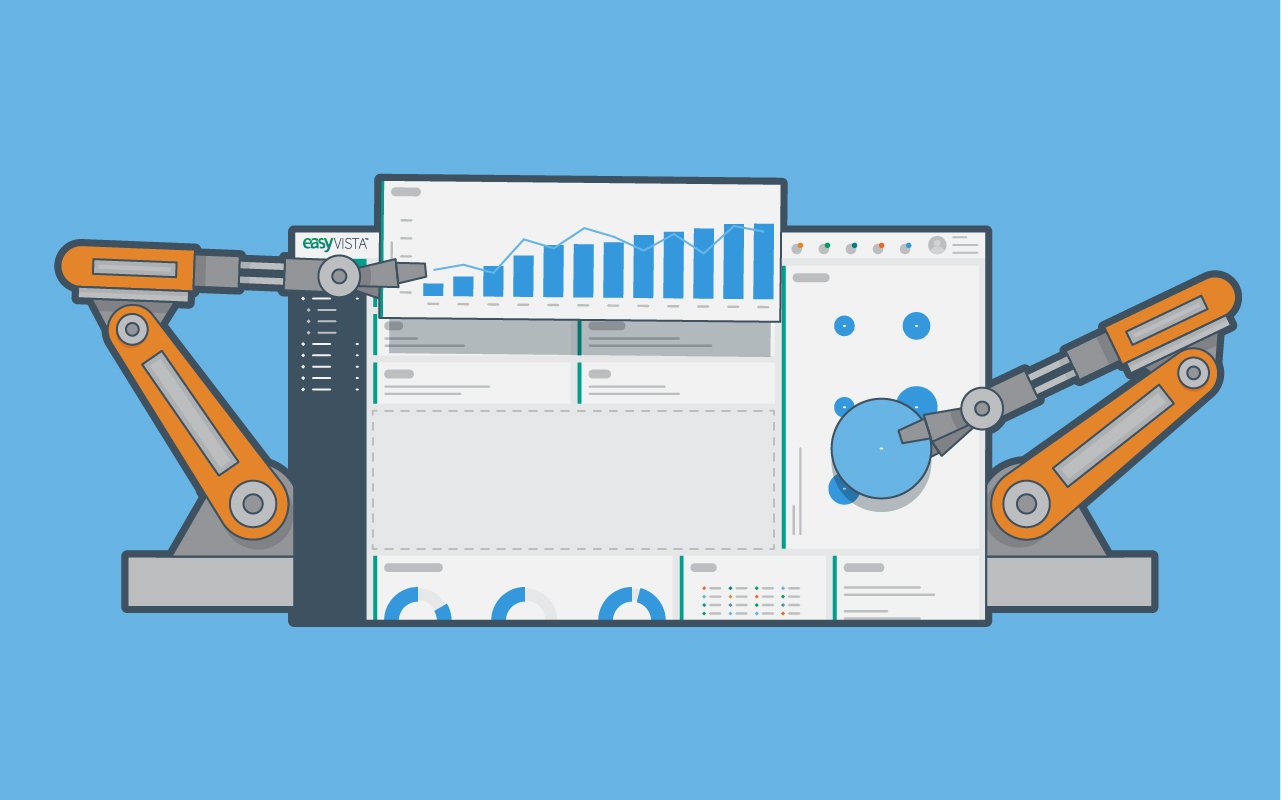EV Blog
Stephen Mann | September 01, 2020
How to Optimize IT Service Desk Costs for the "New Normal"
When the COVID-19 crisis struck, the need to quickly evolve an organization’s IT service management (ITSM) capabilities, including IT support, became imperative: from the need to support new ways of working for remote employees, to the acceleration of slow-moving digital transformation strategies. This created new priorities for IT, resulting in both new and changed IT services and support practices.
Now, as many organizations attempt to return to some semblance of normality, they will likely need to “tighten their belts” to reflect the drop in revenues experienced during the crisis and potentially beyond.
This might be seen as a return to the past, after a decade of cost-cutting following the 2008 financial crisis. But the business world is different now – there’s a need for “better, faster, cheaper.” With this recognizing key modern-business priorities such as the focus on outcomes and value creation, agility, and minimizing employee lost productivity. Plus, of course, that the expectations of employees continue to rise based on their often-superior consumer-world experiences of service and support.
Additionally, there are also the digital transformation needs of other business functions. After all, their ways of working and budgets are affected too – and they’ll likely be looking at the greater use of self-service and automation or simply the use of technology to support new ways of multi-location working.
This might all seem daunting, but it’s a great opportunity for IT to bring about long overdue change. To help, this blog outlines three key facilitators of IT service desk cost optimization along with three adoption tips for each.
3 Key Facilitators of Cost Optimization
This blog highlights three key facilitators but there might also be a need for improved financial stewardship and better value demonstration through ITSM disciplines such as financial management, IT asset management, portfolio management, demand planning, reporting and analytics, and continual improvement. Plus, the total cost of ownership (TCO) of your ITSM tool might need to be questioned versus the value it delivers.
Facilitator #1 – Knowledge Management
The latest HDI State of Technology & Operations report shows knowledge management as the second-most adopted ITSM process for IT support organizations, with 67% of organizations using the process. Only incident management is more popular. There are many benefits of knowledge management which fall into the spectrum of “better, faster, cheaper”. Knowledge management helps the IT service desk and its people to deliver better solutions more swiftly, lowering both IT and business costs as a result.
However, despite the high level of uptake, many service desks still need to do better. The same HDI report found that 40% of organizations only use knowledge articles for fewer than 10% of tickets; 64% for fewer than 30% of tickets; and 78% for fewer than 50% of tickets.
If your organization is struggling with knowledge management adoption, then the following three tips will help.
3 Knowledge Management Tips
- Recognize that knowledge management is more about people change than technology. Because it’s a change to the traditional way of working, there’s a need to employ organizational itil change management tools and techniques, rather than simply adding knowledge management technology.
- Knowledge sharing capabilities must be embedded into business-as-usual operations. They can’t simply be an add-on to existing ways of working. Without this, knowledge management will likely be seen as unimportant and something to do later.
- Focus on knowledge use – it’s where the value is created. Don’t invest all your improvement effort in knowledge capture. After all, knowledge has little value – other than risk mitigation – until it’s used.

Facilitator #2 – Automation and AI Technology
For me, automation and artificial intelligence (AI) technology are the backbone of “better, faster, cheaper” and cost or digital optimization. Whether it’s helping with the heavy lifting, the heavy thinking, or both. You can read more about what’s possible here.
However, as with knowledge management, just because there’s technology available it doesn’t mean that the benefits will magically appear for your organization.
3 Automation and AI Technology Tips
- Manage both stakeholder expectations and concerns. There’s a need to get everyone on the same page about what’s realistically possible with automation and AI technology right now and how this will advance over time. It’s also important to identify and manage staff concerns over job security in particular as part of organizational change management efforts.
- Learn from previous technology-adoption failures. Don’t make the same mistakes made with knowledge management and self-service technology. In particular, failing to recognize that the introduction of AI-enabled capabilities is again a people-change initiative that requires organizational change management tools and techniques to succeed.
- Address the impact on performance management metrics and targets. When you get things right, automation and AI will affect your key service desk metrics. Because the technology will remove many of the simpler issues and requests from service desk analyst queues – leaving them with what are, on average, the more-complicated and time-consuming tickets.
Facilitator #3 – Self-Service
The previously mentioned HDI report found that 68% of support organizations are handling more tickets year-over-year, usually with the same level of staffing. Add to this that MetricNet’s benchmarking research has a self-help transaction at a tenth of the cost of an IT-service-desk-handled ticket, and you’ve a compelling case for IT self-service adoption and its benefits.
We’ve learned so much in the last half-decade about how to deliver self-service capabilities, but many organizations still struggle with employee adoption and benefit realization.
3 Self-Service Tips
- Cost reduction shouldn't be the primary motivation for self-service. Research shows that there’s a need to instead make the key motivation “better employee experiences and outcomes.” Otherwise, there’s no personal motivation, and possibly an inferior user experience, for employees – resulting in limited use and benefit realization. But, if you can get employees to use it in high numbers, then the anticipated cost-related benefits will come.
- Focus on the employee-adoption “enablers.” Your self-service capabilities need to be as good as their consumer-world counterparts. So, look to meet employee expectations across factors such as ease of use, access to self-help, automated solutions, and a choice of support channels.
- Organizational change management is needed for self-service success. Again, there’s the need to treat the introduction of self-service as a people change initiative because it’s a change to the traditional ways of working. With the organizational change management tools and techniques needed to help employees buy into the change, leaders will see better overall adoption of the technology.
These cost optimization opportunities can apply outside of the IT department. There may be similar opportunities for the other business functions within your organization – i.e. taking an enterprise service management perspective of cost optimization. An effective IT Service Management software with all-in-one capabilities can be used across the enterprise to lower costs and increase productivity.
To learn more about how IT service management can lower costs and increase efficiency for your enterprise, click here to get a demo.
Subscribe to Email Updates
Stephen Mann
Principal Analyst and Content Director at the ITSM-focused industry analyst firm ITSM.tools. Also an independent IT and IT service management marketing content creator, and a frequent blogger, writer, and presenter on the challenges and opportunities for IT service management professionals. Previously held positions in IT research and analysis (at IT industry analyst firms Ovum and Forrester and the UK Post Office), IT service management consultancy, enterprise IT service desk and IT service management, IT asset management, innovation and creativity facilitation, project management, finance consultancy, internal audit, and product marketing for a SaaS IT service management technology vendor.




